Horror fans know that a good scare is more than just a few jumps; it’s about creating an atmosphere that keeps you on edge, wondering what’s lurking around every corner. These 26 films do exactly that. From psychological thrillers to supernatural terrors, they’ll challenge your idea of what it means to be afraid. Each one is a masterclass in building tension and twisting expectations, leaving you questioning what you saw long after the credits roll.
If you think you’ve seen it all when it comes to horror, think again. These films push the boundaries, offering new ways to experience fear. Some rely on chilling atmospheres, while others go for full-throttle terror that’ll have you sleeping with the lights on. Ready for a thrill ride? These picks will keep you glued to the screen, heart racing, and your mind constantly wondering what’s coming next.
The Shining

Stanley Kubrick’s adaptation of Stephen King’s novel, “The Shining,” takes horror to an art form. Set in the isolated Overlook Hotel, the film explores the madness that consumes its caretaker, Jack Torrance. The haunting imagery of the snow-laden hotel corridors and the eerie silence contributes to a sense of escalating dread.
The psychological torment Jack faces, driven by the hotel’s malevolent spirits, is depicted with chilling accuracy. The infamous “Here’s Johnny!” scene remains unforgettable. “The Shining” marries psychological horror with supernatural elements, creating an experience that grips viewers and refuses to let go.
Hereditary
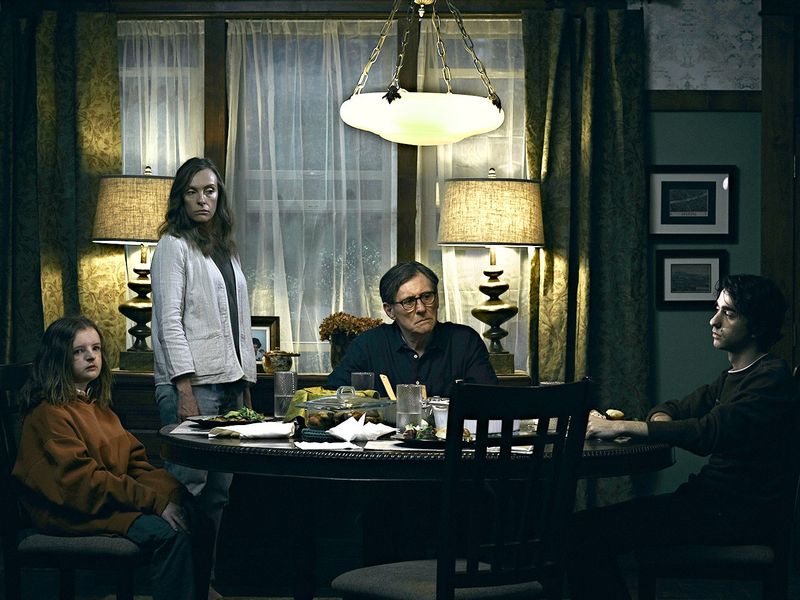
Ari Aster’s “Hereditary” presents a haunting exploration of familial trauma and supernatural horror. The film delves into the aftermath of a family’s matriarch’s death, as sinister secrets unfold. The unsettling atmosphere is accentuated by moments of shocking violence and surreal imagery.
Toni Collette’s performance as a grieving mother spirals into madness, capturing the audience’s empathy and dread. The movie’s slow-building tension and unexpected twists keep viewers riveted. “Hereditary” transforms domestic spaces into arenas of terror, making mundane moments terrifying and leaving an indelible mark on the psyche.
Get Out

Jordan Peele’s “Get Out” is a masterful blend of social commentary and psychological horror. The film follows Chris, an African American man visiting his white girlfriend’s family, as he uncovers a disturbing secret. The tension mounts with every interaction, exposing deeply rooted racial anxieties.
Peele uses horror to critique society, making the viewers question their perceptions. The chilling premise and clever twists make it an unforgettable film. “Get Out” offers more than scares; it’s a thought-provoking exploration of identity and prejudice, delivering suspense and leaving audiences contemplating long after viewing.
A Quiet Place

John Krasinski’s “A Quiet Place” is a masterclass in suspense and creativity. Set in a world where sound-hunting aliens have ravaged civilization, silence becomes survival. The film follows a family navigating life without making a sound, amplifying every whisper of danger.
The tense atmosphere is skillfully crafted with an emphasis on visual storytelling and sound design. Each scene builds anticipation, as the characters’ silent communication heightens the stakes. Emily Blunt delivers a performance that is both vulnerable and resilient. “A Quiet Place” challenges traditional horror tropes, offering an innovative take on suspense without relying on dialogue.
The Babadook
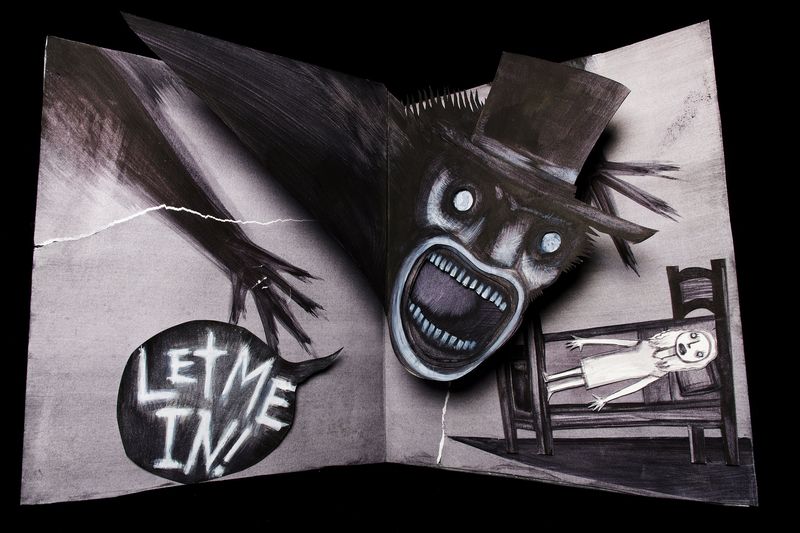
Jennifer Kent’s “The Babadook” combines psychological horror with a tale of grief and motherhood. The film centers on a mother struggling to cope with her son’s fear of a monster lurking in their home. The Babadook, a sinister figure from a mysterious book, becomes a metaphor for buried emotions.
The creeping dread builds through atmospheric tension and haunting visuals. As the Babadook’s presence grows, so does the mother’s unraveling sanity. This film explores the fine line between reality and imagination, offering a profound narrative on grief and fear that resonates deeply with audiences.
It Follows

David Robert Mitchell’s “It Follows” presents a unique twist on the horror genre, combining psychological tension with supernatural dread. The story follows Jay, a young woman pursued by a relentless entity only she can see. The film’s eerie, dreamlike atmosphere is intensified by the haunting score.
The entity’s slow but inevitable approach creates a sense of inescapable fear, symbolizing the anxiety of growing up. Mitchell’s creative cinematography and minimalist scares redefine horror conventions. “It Follows” is a chilling exploration of existential dread, offering a fresh perspective on the genre that lingers in the mind long after watching.
The Witch
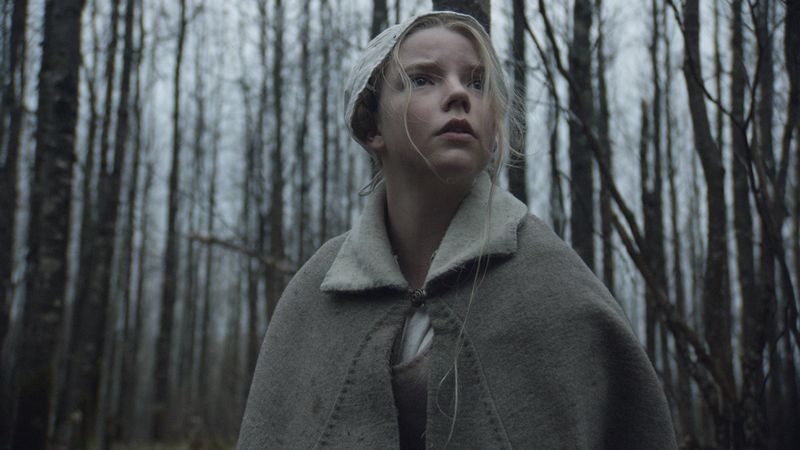
Robert Eggers’ “The Witch” immerses viewers in the eerie isolation of 17th-century New England. The film follows a puritan family unraveling under the threat of witchcraft, as paranoia and religious fervor escalate within their secluded homestead.
Eggers’ meticulous attention to historical detail enhances the authenticity and unease. The haunting atmosphere is amplified by the stark landscape and unsettling score. As the family descends into madness, the lines between reality and supernatural blur. “The Witch” is a compelling exploration of fear, superstition, and the darkness within, offering a haunting examination of puritanical zeal and its consequences.
Midsommar
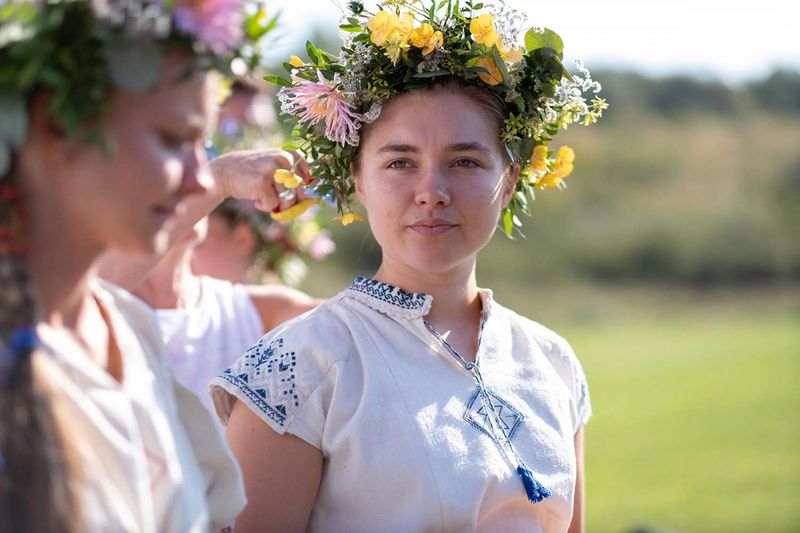
Ari Aster’s “Midsommar” transports viewers to an idyllic Swedish village with a sinister secret. The film follows Dani, a grieving woman, and her friends as they become entwined in a cult’s pagan festival. Amidst bright daylight, the horror unfolds with unsettling intensity.
The juxtaposition of vibrant visuals and disturbing rituals creates a uniquely unnerving experience. Aster crafts a narrative that explores themes of loss, betrayal, and rebirth. The escalating tension and shocking revelations keep audiences captivated. “Midsommar” challenges traditional horror, offering a disturbing yet beautiful exploration of human nature and cultural dissonance.
The Conjuring

James Wan’s “The Conjuring” revitalizes the supernatural horror genre with its chilling true-story foundation. The film chronicles the Perron family’s harrowing encounters with malevolent spirits in their farmhouse, aided by paranormal investigators Ed and Lorraine Warren.
Wan expertly builds tension through atmospheric cinematography and spine-tingling scares. The Warrens’ battle against a powerful entity captivates audiences, blending reality with the supernatural. The film’s success lies in its strong performances and immersive storytelling, creating a terrifying experience that resonates deeply. “The Conjuring” is a masterful blend of fear and faith, leaving an enduring impact on the genre.
Train to Busan
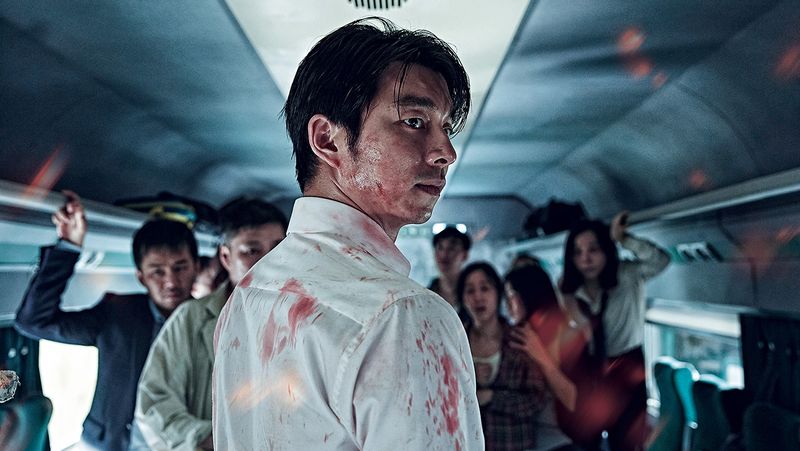
Sang-ho Yeon’s “Train to Busan” takes the zombie genre to new heights with its thrilling narrative and emotional depth. The film follows passengers on a train during a sudden zombie outbreak, exploring themes of sacrifice and survival.
The confined setting heightens the tension, as characters face relentless hordes and personal conflicts. The relationship between a father and his daughter adds an emotional layer, making the story compelling and relatable. With intense action sequences and heartfelt moments, “Train to Busan” captivates and terrifies, offering a fresh take on the zombie apocalypse that resonates with audiences worldwide.
The Ring
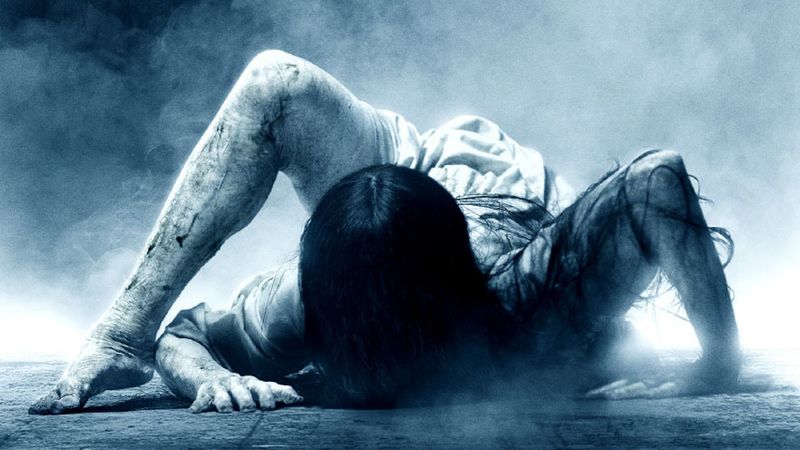
Gore Verbinski’s “The Ring” redefines horror with its iconic cursed videotape and the chilling legend of Samara. The film follows journalist Rachel as she investigates the tape that dooms its viewers to death within seven days.
The eerie atmosphere and haunting imagery, including Samara’s ghastly appearance, create a sense of unease that permeates the film. Rachel’s race against time is filled with suspense, unraveling a mystery that keeps audiences on edge. “The Ring” combines psychological tension with supernatural horror, crafting a narrative that grips viewers, making them question the nature of fear and the unseen.
Insidious
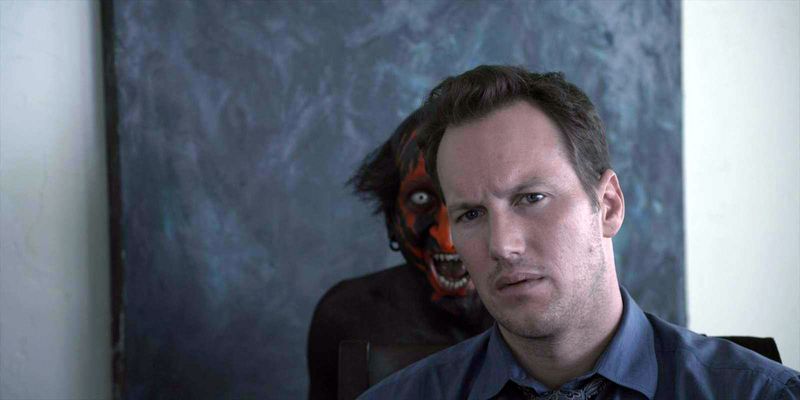
James Wan’s “Insidious” delves into the terrifying realm of astral projection and malevolent spirits. The film follows the Lambert family as they confront supernatural forces after their son falls into a mysterious coma. Wan crafts a chilling atmosphere with eerie visuals and unsettling soundscapes.
The exploration of “The Further,” an ominous spiritual dimension, adds depth to the horror, creating a unique narrative. The film’s pacing and inventive scares keep audiences captivated. “Insidious” blends psychological and supernatural elements, offering a spine-tingling experience that explores the boundaries of fear and the unknown.
The Cabin in the Woods
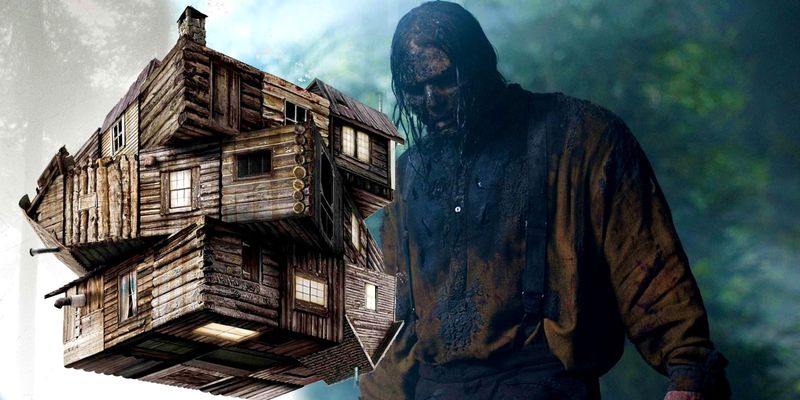
Drew Goddard’s “The Cabin in the Woods” offers a refreshing twist on the classic horror setup. The film follows five friends on a getaway to a remote cabin, only to discover they are part of an elaborate experiment. The juxtaposition of horror tropes and meta-commentary creates a unique viewing experience.
The film cleverly balances scares with humor, keeping audiences engaged and entertained. Goddard’s innovative approach challenges conventional horror narratives, offering unexpected twists that surprise even seasoned horror fans. “The Cabin in the Woods” is a clever exploration of genre conventions, making it a standout in the horror landscape.
Paranormal Activity
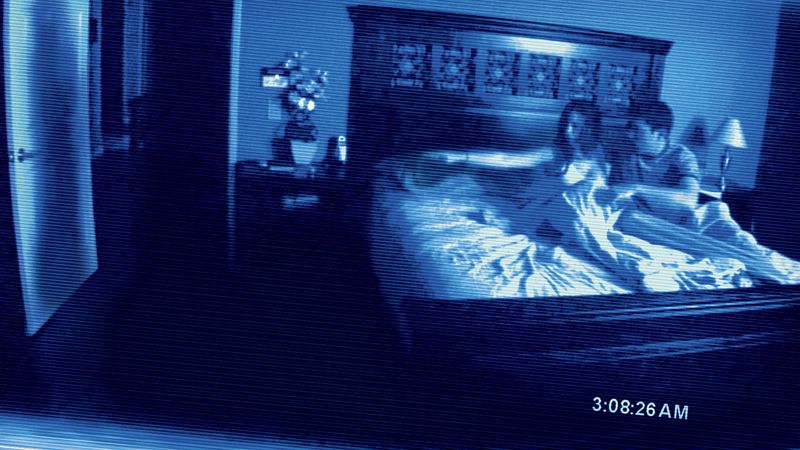
Oren Peli’s “Paranormal Activity” revolutionized the found footage genre with its minimalist approach to horror. The film chronicles a young couple documenting eerie occurrences in their home, as a malevolent presence grows increasingly threatening.
The use of static cameras and relatable domestic settings enhances the realism, amplifying the tension with each inexplicable event. Peli’s ability to build suspense through subtlety and implication makes the film exceptionally terrifying. “Paranormal Activity” captivates audiences with its inventive storytelling, proving that fear can be conjured through suggestion and imagination, leaving a lasting impression long after the credits roll.
The Exorcist
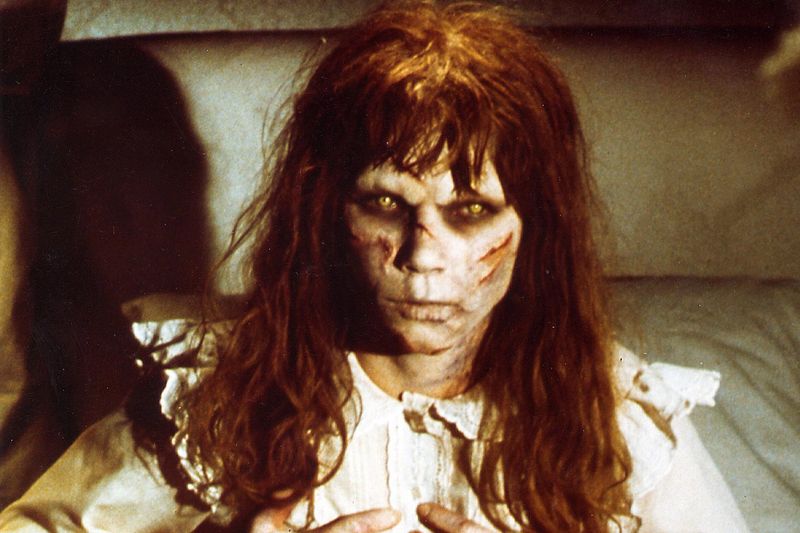
William Friedkin’s “The Exorcist” is a timeless masterpiece that explores the terrifying clash between innocence and evil. The film follows a young girl’s possession and the priests’ desperate attempts to save her, pushing the boundaries of faith and fear.
The chilling depiction of possession, combined with groundbreaking special effects, creates an atmosphere of relentless dread. Friedkin’s skillful direction and powerful performances elevate the horror, making it an enduring classic. “The Exorcist” delves into the depths of human belief and the supernatural, offering a profound narrative that remains one of the most influential in the genre.
Psycho
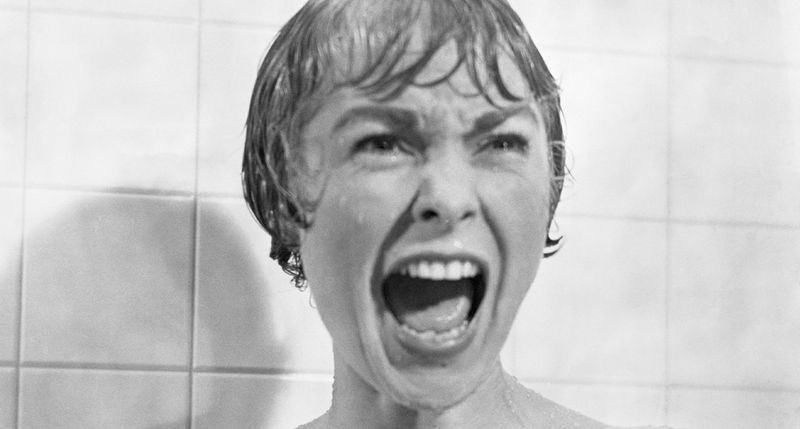
Alfred Hitchcock’s “Psycho” remains a seminal piece that redefined horror and suspense. The film follows Marion Crane, a woman on the run, who encounters the mysterious Bates Motel. The infamous shower scene is emblematic of Hitchcock’s mastery over tension and shock.
The film’s psychological depth and unexpected twists keep audiences riveted, exploring themes of guilt, identity, and madness. Anthony Perkins’ portrayal of Norman Bates adds layers of complexity to the narrative. “Psycho” skillfully blends horror with psychological insight, creating a chilling tale that continues to haunt and influence filmmakers and audiences alike.
Halloween
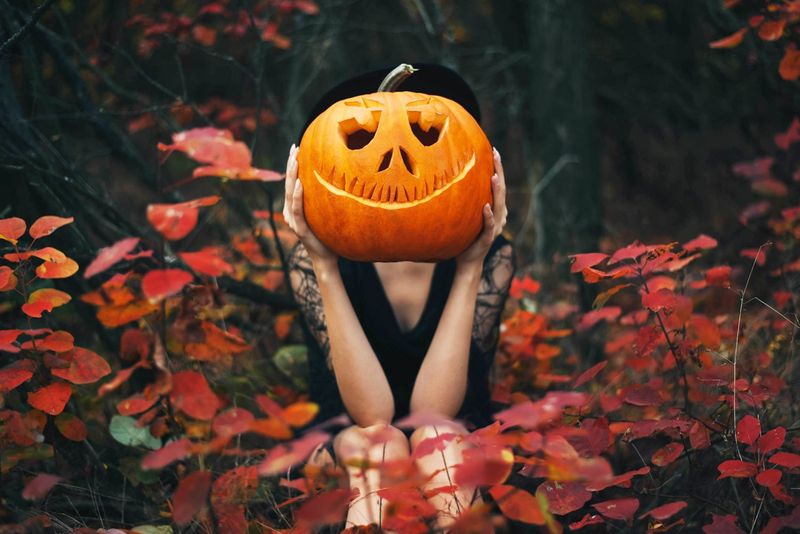
John Carpenter’s “Halloween” set the stage for the slasher genre, introducing audiences to the chilling presence of Michael Myers. The film unfolds in a quiet suburban neighborhood, where terror lurks unseen, waiting to strike.
Carpenter’s use of suspenseful music and atmospheric tension crafts a sense of impending doom that permeates every scene. Jamie Lee Curtis’s portrayal of Laurie Strode adds a relatable vulnerability, grounding the horror in a compelling narrative. “Halloween” captures the essence of fear, exploring the darkness that resides within familiarity, and remains a cornerstone in horror cinema, influencing countless films.
Silence of the Lambs
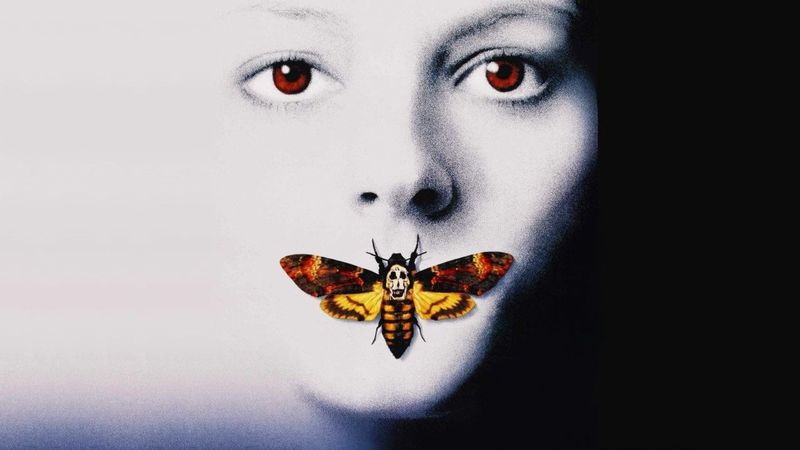
Jonathan Demme’s “Silence of the Lambs” expertly combines crime thriller and horror, crafting a narrative that is both haunting and intellectually engaging. The film follows FBI trainee Clarice Starling as she seeks the help of imprisoned cannibal Dr. Hannibal Lecter to catch a serial killer.
The film’s chilling atmosphere is bolstered by intense performances, particularly Anthony Hopkins as Lecter. The psychological cat-and-mouse game between Clarice and Lecter captivates, exploring themes of manipulation and fear. “Silence of the Lambs” transcends traditional horror, offering a sophisticated and unsettling exploration of the human psyche and its darker corners.
Saw
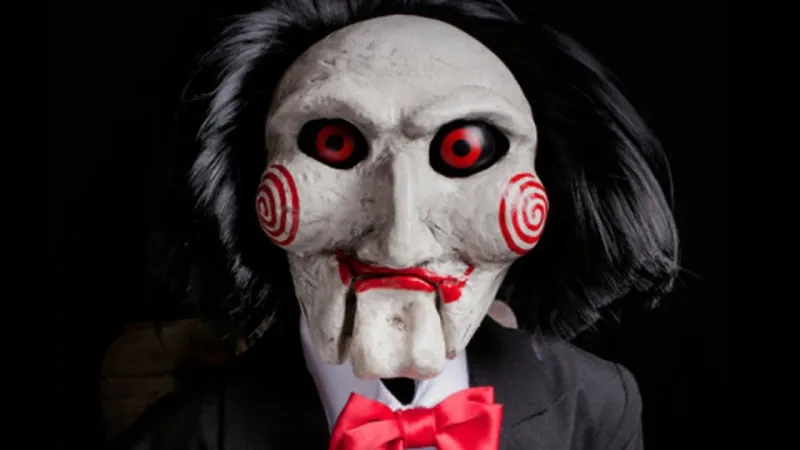
James Wan’s “Saw” redefined horror with its gritty narrative and inventive twists. The film follows two men trapped in a derelict bathroom, forced to participate in a deadly game orchestrated by the enigmatic Jigsaw killer.
Wan’s mastery of suspense is evident through the film’s relentless pacing and gruesome challenges. The intricate plot and moral dilemmas posed captivate audiences, leaving them questioning the nature of survival and justice. “Saw” explores the boundaries of fear and morality, offering a harrowing experience that challenges viewers’ perceptions and solidifies its place as a groundbreaking entry in the horror genre.
Nosferatu
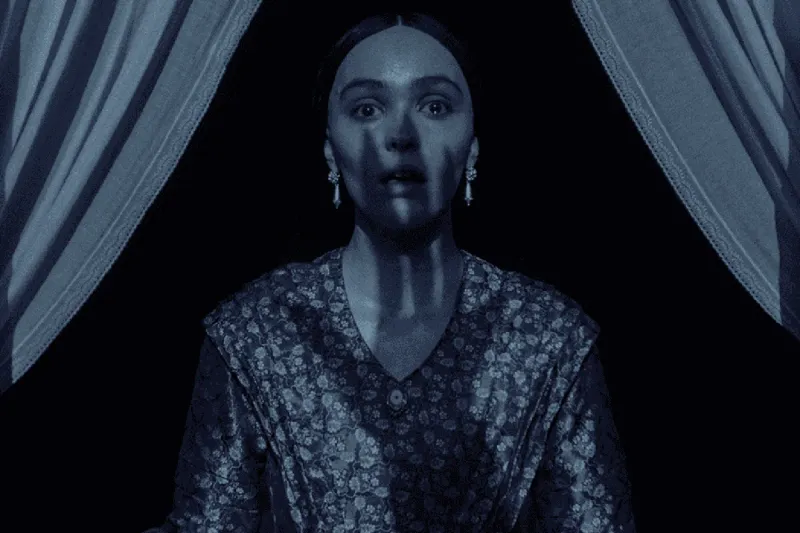
F.W. Murnau’s “Nosferatu” is a silent film classic that remains a cornerstone in vampire lore. The film follows Thomas Hutter as he encounters the sinister Count Orlok, whose shadowy presence becomes a symbol of dread.
The haunting imagery and innovative use of shadow and light create a chilling atmosphere that transcends time. Murnau’s direction and Max Schreck’s portrayal of Orlok deliver an iconic performance that defines the genre. “Nosferatu” explores themes of fear and the supernatural with artistry and innovation, offering a timeless narrative that continues to influence horror cinema and the portrayal of vampires.
The Texas Chain Saw Massacre

Tobe Hooper’s “The Texas Chain Saw Massacre” is a raw, unrelenting exploration of terror and survival. The film follows a group of friends who fall prey to a family of cannibals in rural Texas, led by the iconic Leatherface.
Hooper’s use of gritty cinematography and relentless pacing creates an atmosphere of claustrophobic dread. The film’s visceral horror challenges audiences, pushing the boundaries of fear and endurance. “The Texas Chain Saw Massacre” remains a seminal piece in horror, exploring the primal instincts and fears that drive humanity, making it an unforgettable experience in both terror and storytelling.
Rosemary’s Baby
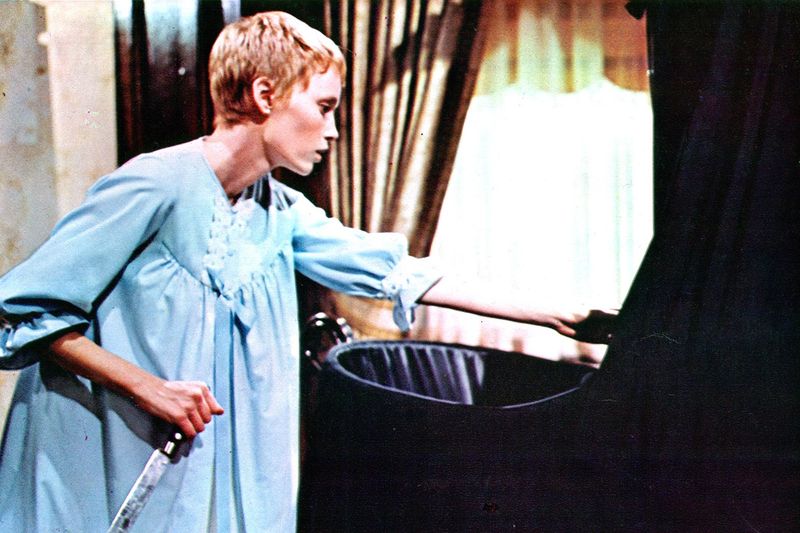
Roman Polanski’s “Rosemary’s Baby” is a psychological horror masterpiece that delves into paranoia and manipulation. The film follows Rosemary, a young woman who becomes increasingly convinced that a sinister plot surrounds her unborn child.
The film’s unsettling atmosphere is heightened by Polanski’s meticulous direction and Mia Farrow’s captivating performance. The gradual unraveling of Rosemary’s reality is portrayed with chilling precision, exploring themes of control and fear. “Rosemary’s Baby” challenges perceptions of trust and autonomy, offering a profound narrative that leaves audiences questioning the nature of evil and the darkness that can lie within ordinary lives.
The Others
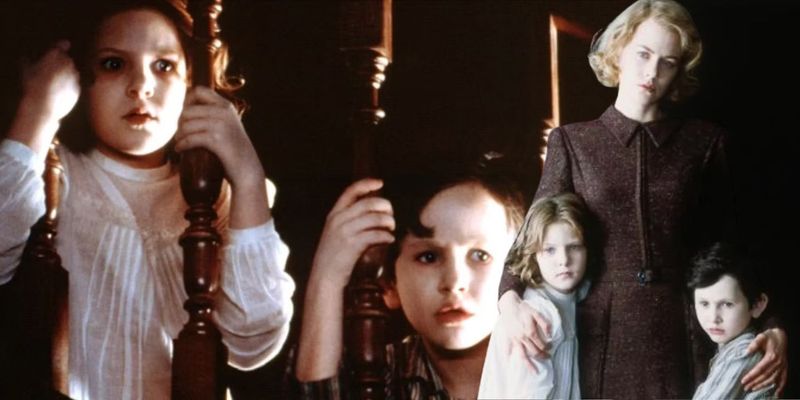
Alejandro Amenábar’s “The Others” is a haunting exploration of fear and uncertainty. The film follows Grace, a woman living in a secluded mansion with her two photosensitive children, as they encounter mysterious occurrences.
Amenábar’s skillful direction and atmospheric tension create a chilling experience, drawing audiences into a world of eerie silence and shadows. The film’s unexpected twists and understated horror captivate, keeping viewers guessing until the end. “The Others” explores themes of isolation and the unknown, offering a narrative that is both haunting and thought-provoking, resonating with audiences seeking psychological depth in horror.
Let the Right One In
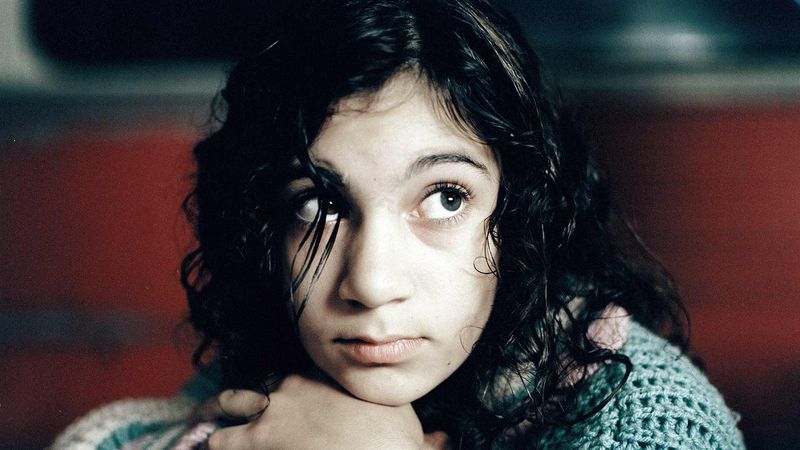
Tomas Alfredson’s “Let the Right One In” offers a poignant exploration of friendship and fear. The film follows Oskar, a bullied boy, who befriends Eli, a mysterious girl with a dark secret, in a wintry Swedish suburb.
Alfredson’s meticulous crafting of atmosphere and character development creates an emotionally resonant narrative that transcends typical vampire tales. The film’s haunting visuals and tender moments explore themes of loneliness, identity, and acceptance. “Let the Right One In” challenges conventional horror, offering a deeply moving story that intertwines horror with humanity, leaving a lasting impression on viewers seeking depth and emotion.
The Sixth Sense
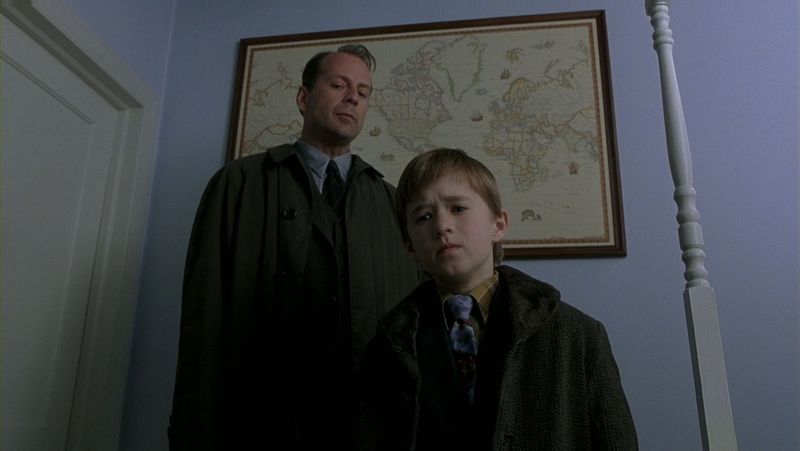
M. Night Shyamalan’s “The Sixth Sense” is renowned for its captivating storytelling and iconic twist. The film follows child psychologist Dr. Malcolm Crowe as he helps a young boy, Cole, who claims to see the dead.
Shyamalan’s direction and the film’s atmospheric tension create a gripping experience that captivates audiences. The exploration of fear and acceptance is woven through the narrative, leading to a poignant revelation that redefines the story. “The Sixth Sense” is a masterful blend of psychological drama and supernatural elements, offering a thought-provoking exploration of life, death, and the connections that bind us.
The Carnival of Lost Whispers
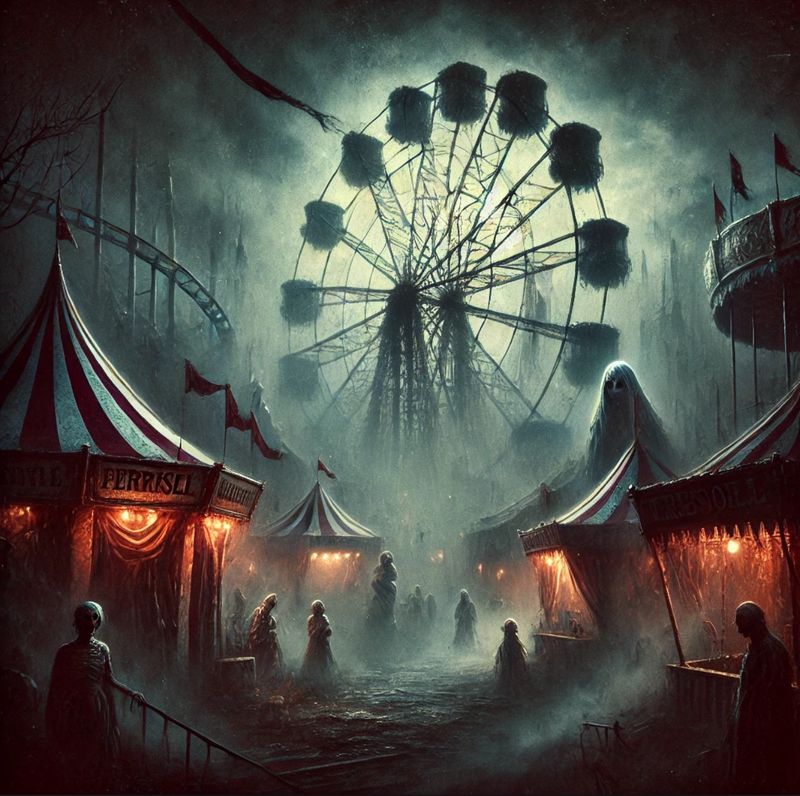
The Carnival of Lost Whispers
In this unsettling tale, an abandoned carnival becomes the haunting ground for spirits trapped between worlds. The ghostly attractions come to life at night, guided by a spectral clown who whispers forgotten secrets. The atmosphere is tense, as every shadow seems to hide a chilling presence.
Visitors are drawn to the carnival by an irresistible urge, only to face their deepest fears embodied in the attractions. Each ride offers a unique horror, from mirrors reflecting twisted futures to carousels of lost souls. The clown’s laughter echoes, a reminder of the carnival’s malevolent grip.
Escaping this nightmarish realm is a test of courage and wit, as the spectral clown reveals its true nature. The carnival’s dark magic blurs reality, leaving survivors questioning their sanity. “The Carnival of Lost Whispers” crafts an atmosphere of relentless dread, making it an unforgettable experience for horror aficionados.
